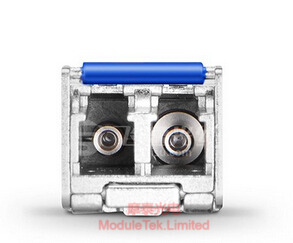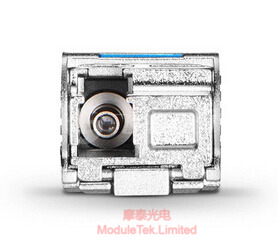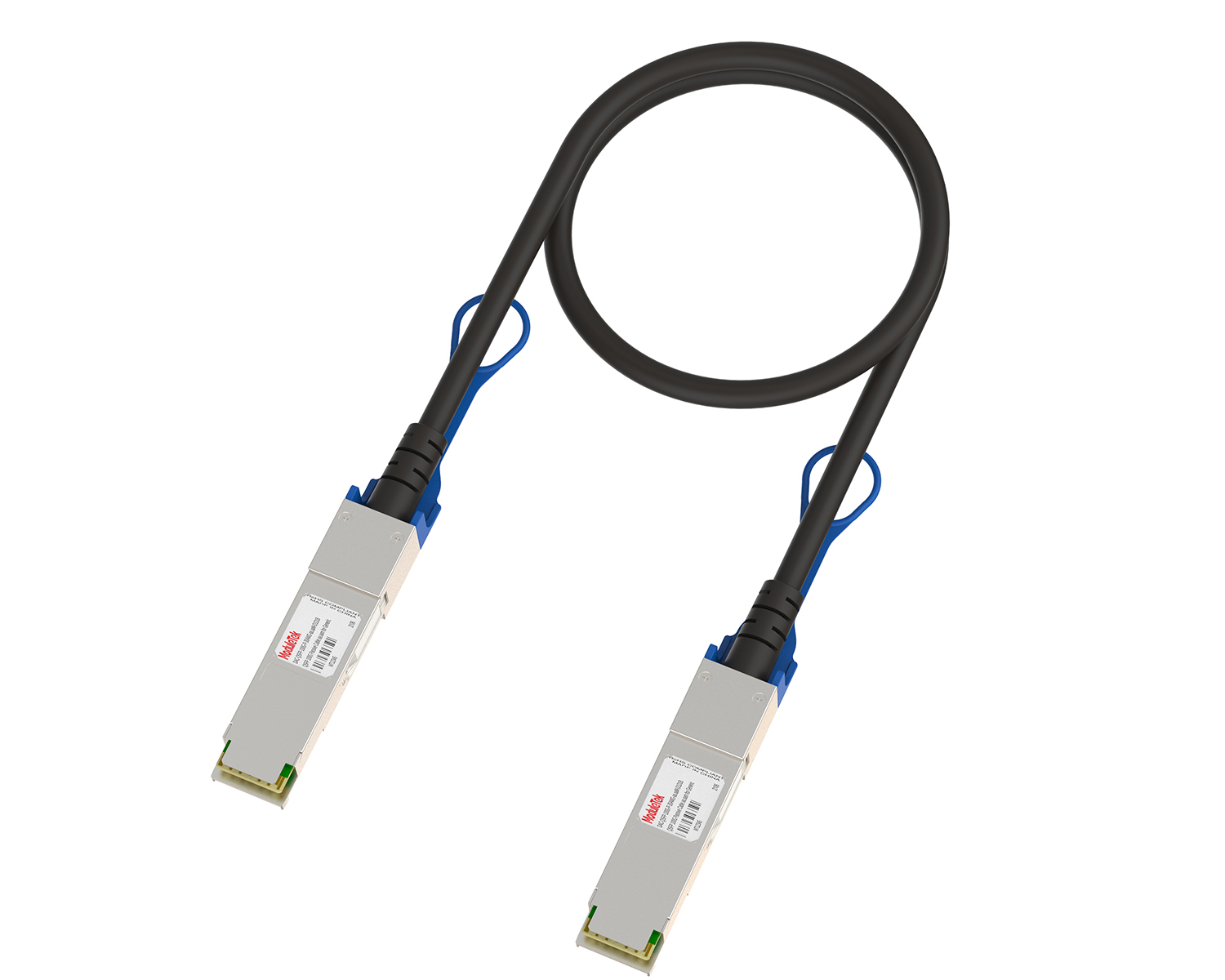BiDi Optical Module features and applications
Time: 2020-03-29
1. The meaning of BiDi optical module
BiDi optical module is an optical module using WDM (wavelength division multiplexing) bidirectional transmission technology, which realizes simultaneous bidirectional transmission within the optical channel on a single optical fiber. Unlike conventional optical modules (which have two fiber jacks, as shown in Figure 1 below), BiDi optical modules have only one jack (as shown in Figure 2 below), and it transmits and receives signals on a single fiber optic cable through an integrated bidirectional coupler.

Figure 1 Conventional Module Fiber Optic Socket

Figure 2 BiDi module fiber optic jack diagram
2. Working Principle of BiDi Optical Module
The main difference between BiDi optical module and conventional dual-fiber bi-directional optical module is that BiDi optical module is equipped with wavelength division multiplexing (WDM) coupler, which is also known as duplexer, to converge and separate the data transmitted on one fiber according to the different wavelengths. Therefore, BiDi optical modules are also considered WDM optical modules.BiDi optical modules must be used in pairs to achieve bidirectional data transmission. For example, if the paired BiDi optical modules are connected to device A (uplink) and device B (downlink) as shown in the figure below, then: the duplexer of optical module A must have a receive wavelength of 1550 nm and a transmit wavelength of 1310 nm. The duplexer of optical module B must have a receive wavelength of 1310 nm and a transmit wavelength of 1550 nm. The duplexer works in the bidirectional optical Ethernet optical module as shown in the following figure.

Figure 3 Working principle of duplexer in bi-directional optical Ethernet optical module
3. Advantages and Application Principle of BiDi Optical Module
The most obvious advantage of using BiDi modules, such as SFP+ BiDi and SFP BiDi modules, is the reduction in the cost of fiber optic cabling infrastructure. BiDi modules reduce the number of ports on the fiber optic patch panels, as well as the trays dedicated to fiber optic management, and the number of fiber optic cables that need to be used. Although BiDi modules (WDM modules) cost more than traditional dual-fiber bi-directional modules, they use half the amount of light per unit of distance traveled. For many networks, the cost savings of using less fiber far outweighs the relatively high purchase price of a BiDi module. Through the above introduction to the single-fiber bidirectional optical module, it and dual-fiber bidirectional optical module difference has been obvious:
① single-fiber bidirectional optical modules using WDM technology, dual-fiber bidirectional optical modules do not;
② single-fiber bidirectional optical modules need to be used in pairs, dual-fiber bidirectional optical modules do not need;
③ single-fiber bidirectional optical module structure is more complex than the dual-fiber bidirectional optical module, optical modules need to be introduced on the photosynthesizer;
④ single-fiber bi-directional optical modules need only one optical fiber between them, dual-fiber bi-directional optical modules need two; from the application side single-fiber BiDi optical module costs slightly higher, but saves optical fiber resources, only 1 optical fiber is needed, for the user with insufficient optical fiber resources is a better choice; Dual-fiber optical modules do not need to be used in pairs, and any two optical modules can be connected, and the price is cheaper than the single-fiber BiDi optical module, but need to use one more fiber, if the fiber resources are sufficient to choose the dual-fiber optical module.
Moduletek Limited provides the products involved in the above application guide, welcome to buy.
If you have any questions about the above content, you can contact us by Email : web@moduletek.com

 40G/100G Optical Transceivers
40G/100G Optical Transceivers 10G/25G Optical Transceivers
10G/25G Optical Transceivers 155M/622M/2.5G Optical Transceivers
155M/622M/2.5G Optical Transceivers 100M/1G Optical Transceivers
100M/1G Optical Transceivers FC 16G/32G Optical Transceivers
FC 16G/32G Optical Transceivers CWDM/DWDM Optical Transceivers
CWDM/DWDM Optical Transceivers 100M/1G/10G Coppers
100M/1G/10G Coppers Active Cable AOC
Active Cable AOC Direct Attach Cable DAC
Direct Attach Cable DAC Regular/MTP-MPO Fiber Patch Cords
Regular/MTP-MPO Fiber Patch Cords MT2011
MT2011 MT2010
MT2010 CodingBox
CodingBox






